What’s your favorite color? It seems no one ever say his/her favorite color is silver, a color common for appliances and jewelry, if not the preferred color of automotive designers to exploit the styling and lines of vehicles. Blue and purple tend to be high on the hierarchy of people’s favorite colors.
Yet when it comes to American cars of the 1960-70s, silver was not an unusual color to accentuate the styling of several automobiles, especially when imparting a sense of sportiness or prestige. Here’s an overview of several vehicles that exploited this stylistic feature.
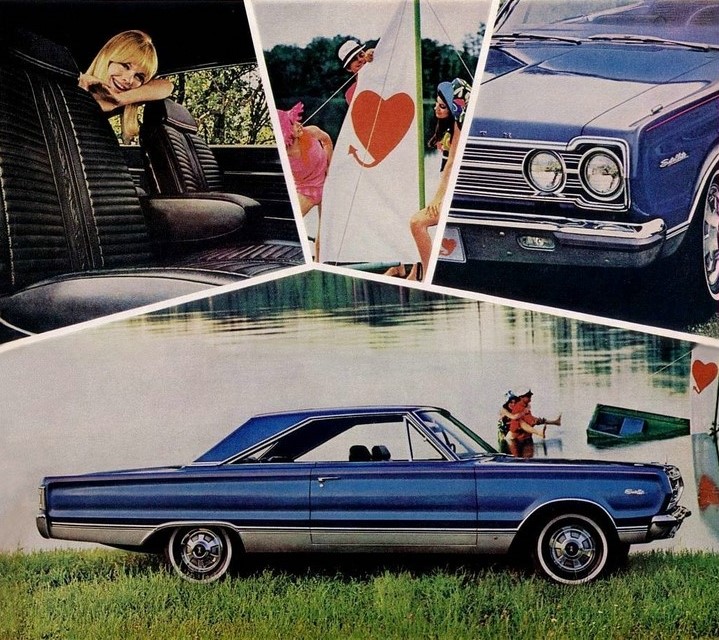
1967 Plymouth Satellite
The Satellite first appeared in 1965 as the top-of-the-line mid-size Plymouth, sitting above the Belvedere I and II models. A heavy facelift for 1966 hardened the lines, with the styling mildly tweaked for 1967. That was the first year for the GTX performance model, which was trimmed like an upscale Satellite. For the latter, to add distinction, a full-length lower body side molding with “satin-silver acrylic enamel below molding” was added. This treatment only lasted one year as the B-body was redesigned for 1968, with the Satellite being pushed down a notch and the Sport Satellite taking its former position as the premium mid-size Plymouth. Silver longitudinal trim was not utilized again until 1972.

1968 Mercury Cougar GT-E
The GT-E package for the 1968 Cougar and Cougar XR-7 included some pretty neat stuff: 390-horsepower 427, special brushed aluminum horizontal grille bar plus blackened grille and taillight trim, quad exhaust pipe outlets, and extruded longitudinal aluminum molding with lower argent body paint, which included the front and rear valance. Only the GT-E had this feature, and the performance package and/or treatment was not continued in 1969 with the redesigned Cougar.

In 1972, with the redesigned Montego, there was a Cyclone package available for the Montego GT and Montego MX coupe. The Cyclone package included special striping with silver paint along the lower portion of the body in darker colors (lighter colors used black).
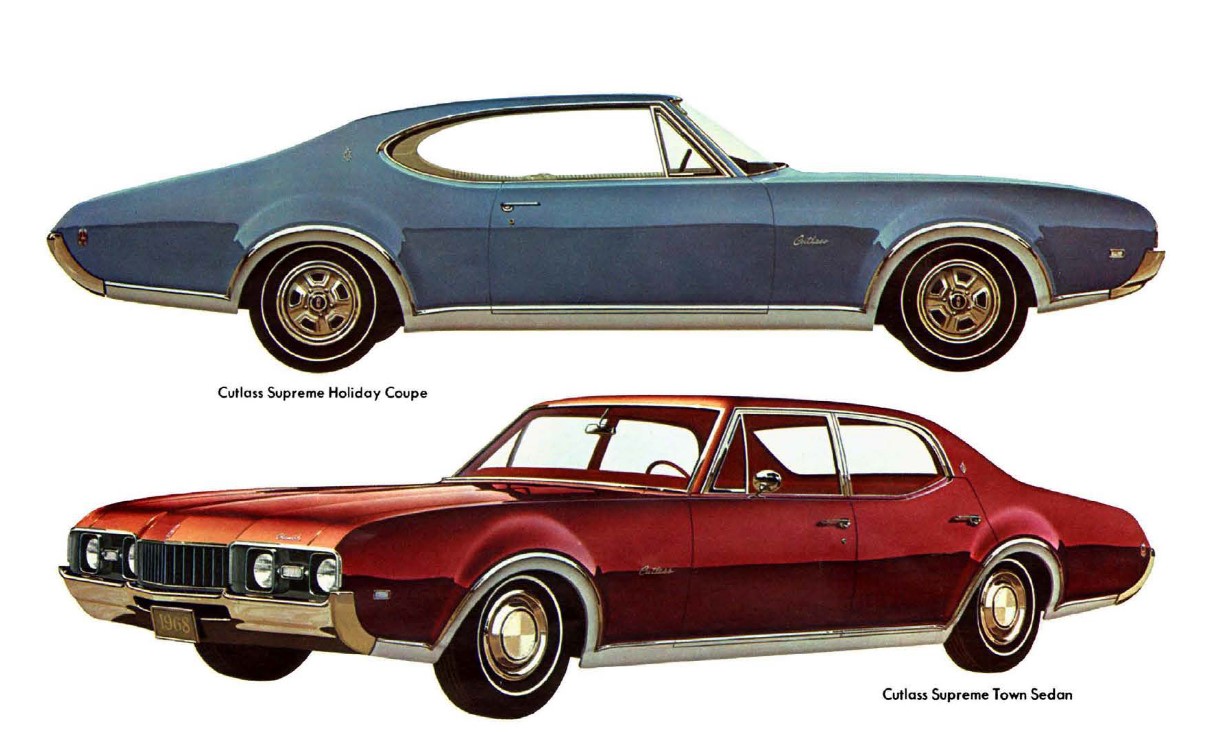
1968-69 Oldsmobile Cutlass Supreme
The Cutlass Supreme was originally introduced in 1966 as the poshest Cutlass model available. Only available as a four-door hardtop, the new model included the “comfort-contoured” Custom Sport Seat with center arm rest and standard 320-horsepower 330, which was standard on all Cutlass models. The following year, the Cutlass Supreme was mainstreamed and now included several body styles.
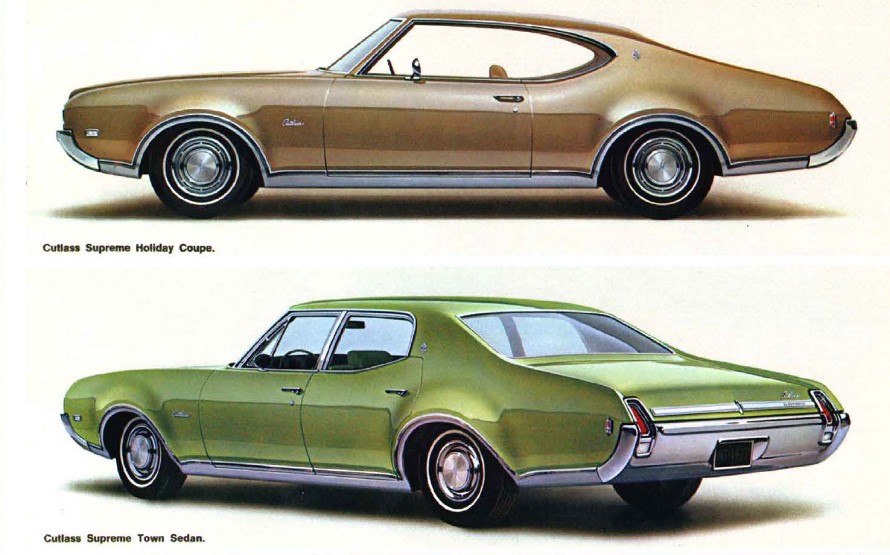
A redesign brought out an all-new F85 series for 1968, with the Cutlass Supreme being available as a Holiday Sedan, Town Sedan and Holiday Coupe, the latter continuing to feature standard bucket seats. Power continued to be impressive for a standard mid-sizer, in this case a new 350 rated at 310 horsepower. Aside of its prestige of being at the top of Oldsmobile’s A-body totem pole, the Cutlass Supreme distinguished itself with lower-body molding complemented by silver paint below. This treatment continued into 1969 though, when the restyled 1970s hit the streets (which included a dedicated two-door formal hardtop), the side molding was redesigned and the silver paint disappeared.
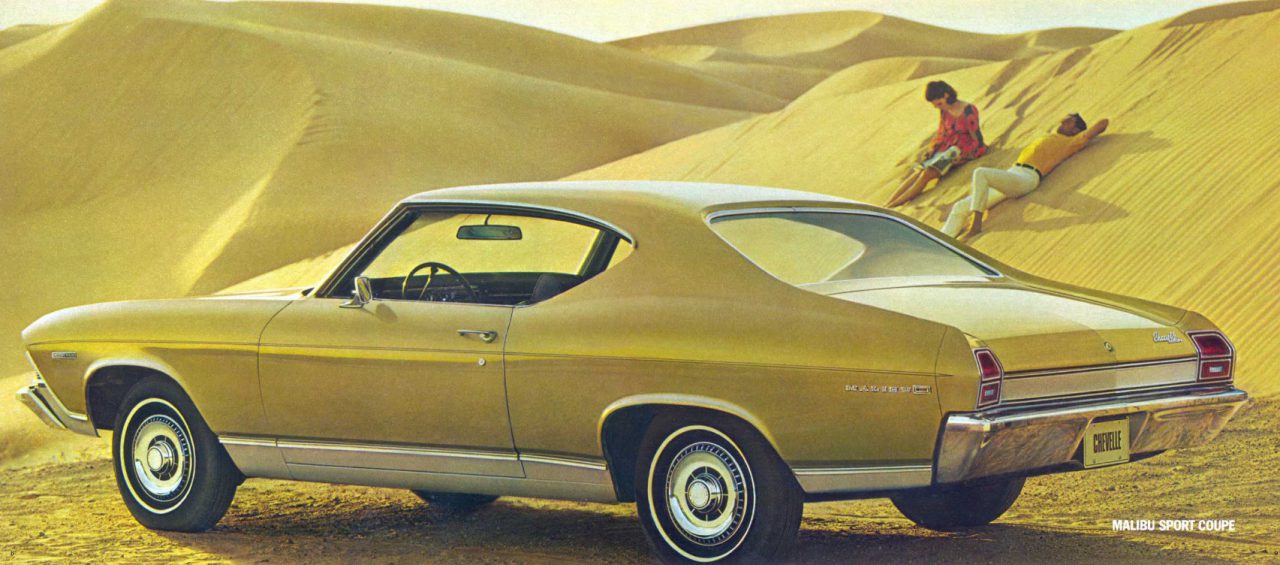
1969 Chevrolet Chevelle
Chevrolet followed Oldsmobile’s lead in 1969 by offering Cortez Silver lower-body accents to tart up certain Chevelle models. Only the Malibu Sport Sedan, Sport Coupe and Convertible (notice the Malibu four-door sedan was not included), plus the El Camino Custom, received this treatment, though Malibus equipped with the COPO 427 engine package did not. Malibus also received silver paint between the taillights.
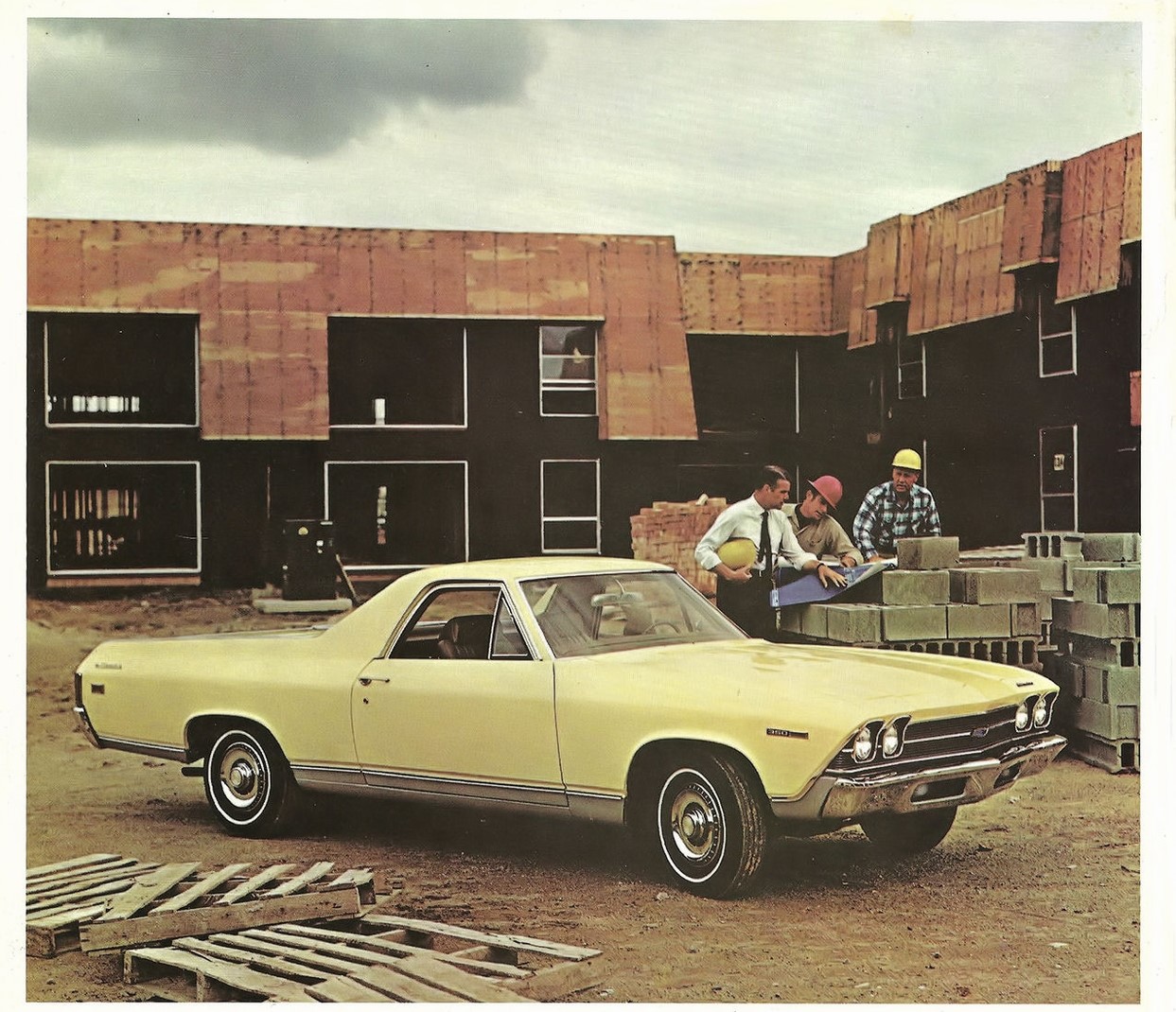
Interestingly, El Camino Custom models continued to receive this treatment through 1972. This is also true for the GMC Sprint Custom models that were produced in 1971-72.

1971-73 Ford Mustang
The redesigned 1971 Mustang was a different step in the evolutionary scale than in previous years. One would be hard-pressed to imagine this was the same mode that had been derived from a Falcon, as the 1971 Mustang was quite massive and somewhat lacking with the styling that differentiated it from 1965-70. In particular, the nose lacked the front-end sculpting that was a characteristic of all previous Mustangs.

Nonetheless, Ford was intent on making the 1971 Mustang the hottest ever. Aside of the new 429 Cobra Jet and Boss 351 engines, the sporty Mach I and Boss 351 featured black or argent lower-body paint with matching front and rear valence panels depending on the color of the body, with matching stripes and hood when appropriate. This was true for the 1972 Mach I as well, though in 1973 argent trim was available as part of the Décor Package for any body style.
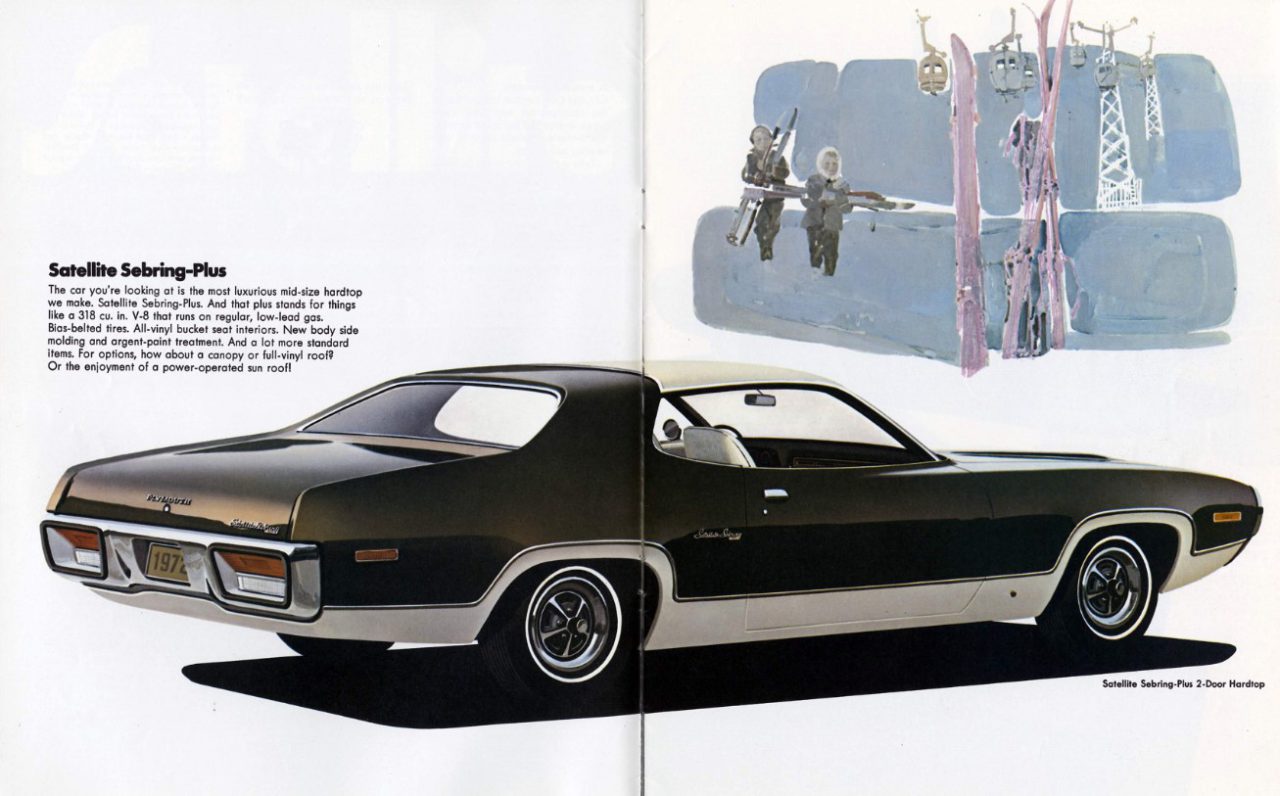
1972 Plymouth Satellite Sebring Plus
Yes, we’re back with the Satellite, but not just any Satellite — this is the Sebring Plus. Introduced in 1971 along with the redesign of Plymouth’s mid-size B-body, the Satellite Sebring Plus was the replacement for the Sport Satellite, with the Sebring Plus continuing the tradition of standard buckets seats and a high level of content and trim. For 1972, the Satellite Sebring Plus’s styling was tweaked with “exterior trim and ornamentation,” which was another way of saying “argent paint treatment” below the longitudinal side molding. It certainly made the Sebring Plus appear sportier and more luxurious, but the 1973 restyle ditched this feature.
Are there any other cars you know of that used this styling feature?



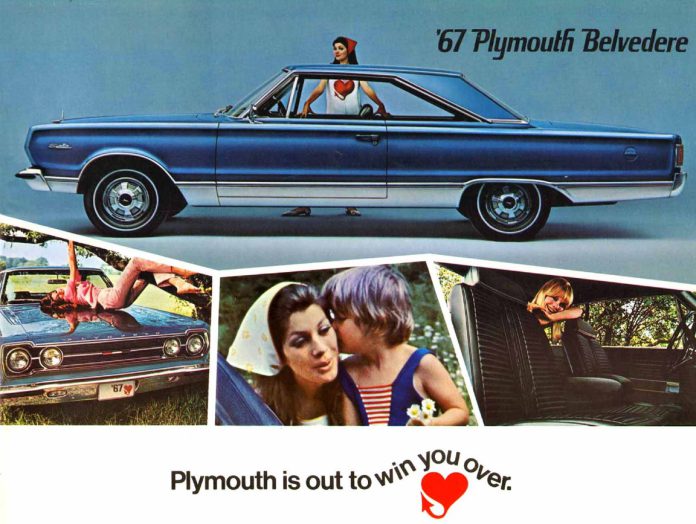


Interesting cars of the past!
Cars on a Silver platter, Great idea to show so nice pictures of the 60‘s and 70‘s remembering great designs and lines,
Congrats & many thanks for your present.